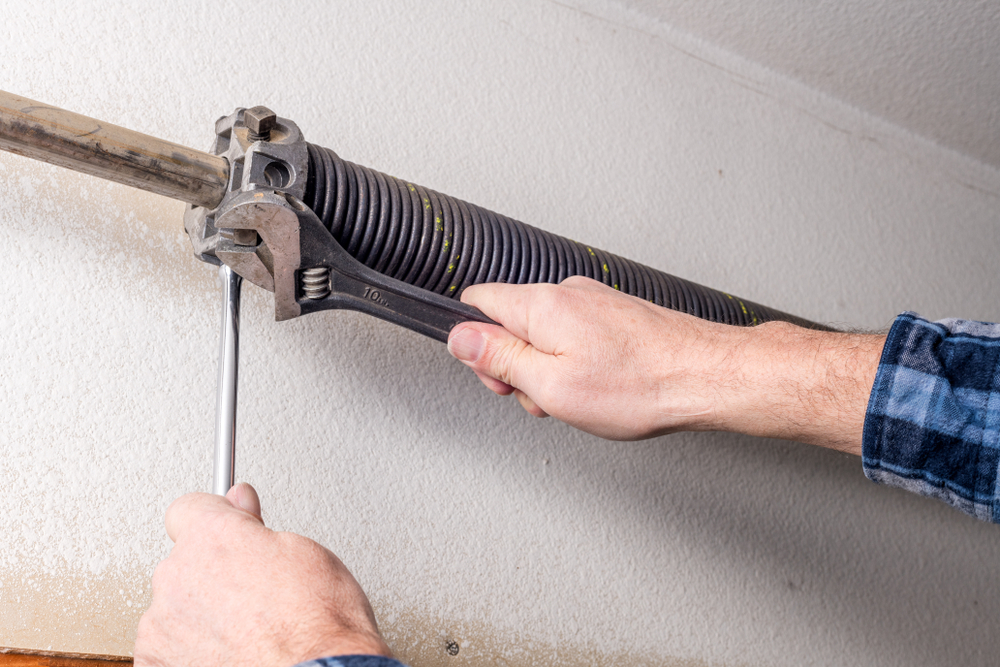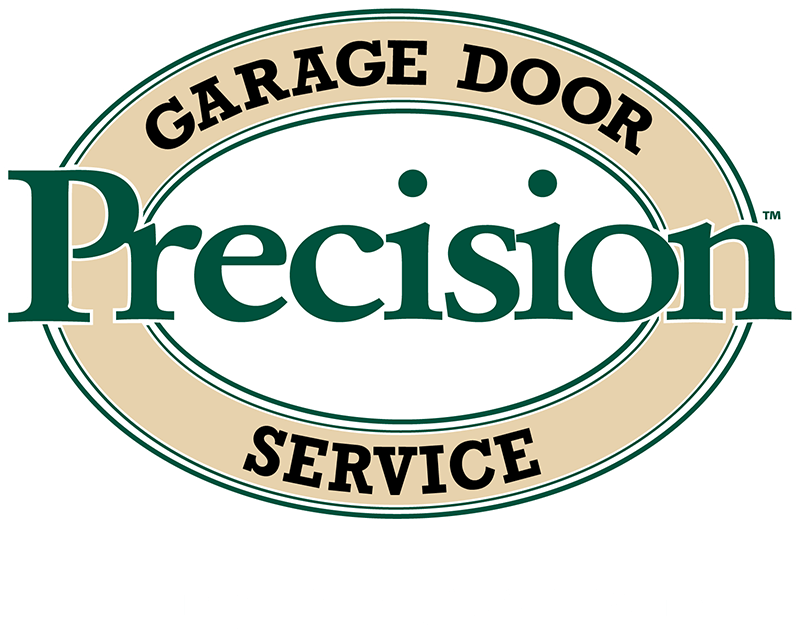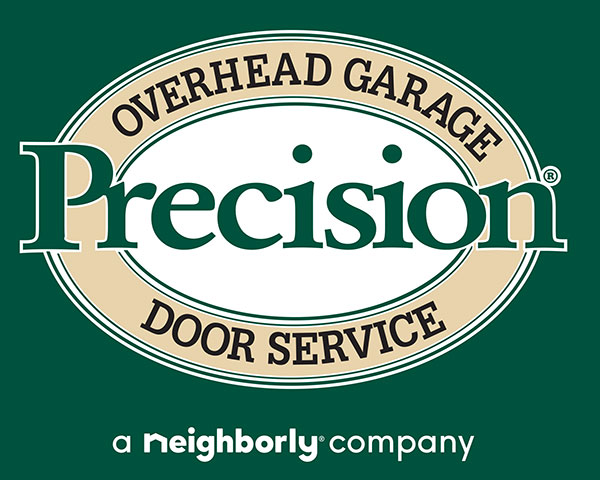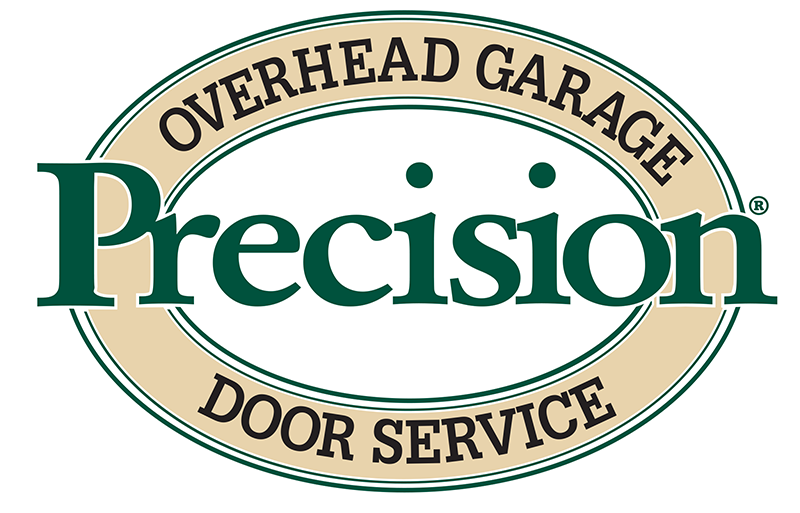
Things to Consider Before Getting Spring Repair in Torrance
Your garage door is something you probably don’t think about until it is not working. When you hit the button on your garage door opener and it does not open or does not close, you realize just how vital your garage door is to your convenience and safety. Each with their unique spring repair tolerance, the springs are the unsung and unseen heroes of your garage door. Here are some things to consider before calling for spring repair in Torrance.
When Is It Time for Spring Repair in Torrance?
The springs are what do the heavy lifting. Your garage door opener is a regulator. It makes it easy for your garage door to travel up and down smoothly. Your garage door opener and your springs have been designed to Maxi-Fen 10 Maxtreme buy be durable and rugged. Still, even the sturdiest garage doors and springs will eventually break down and need repair.
When the time comes to replace your garage door springs, you need to understand the basic concepts that go into getting the correct springs for your spring repair in Torrance. In this excerpt, you will learn how to evaluate and identify the correct springs for your garage door. This includes understanding spring repair tolerance.
The Basics of Garage Door Springs
Your garage door utilizes two different types of springs. First, there are the main extension springs. Then, there are torsion springs. They both operate distinctly. You must understand each spring’s mechanism for operation. With this knowledge, you can determine if your garage door springs need replacing and identify what springs to purchased.
Torsion springs are stiff springs. You will find them mounted parallel to the garage door on metal rods. They sit just above the opening. Butted up against the wall, torsion springs sit over the door. Their job is to store energy by tightly coiling as the garage closes and opens. When the garage door closes, the torsion springs will save sufficient energy so that when you want to open the garage door, the springs can facilitate this by releasing their stored energy.
Extension springs are lighter than torsion springs. They are longer and travel perpendicular to your garage door. You will locate them above the garage door tracks. They are laid out horizontally. They sit between the door tracks and the garage ceiling. In most cases, extension springs hold just enough energy to facilitate the door closing. When the door is open, extension springs release their energy.
Finding the Right Springs for Your Garage Door Repairs
Now that you have a basic understanding of how the springs work, you need to recognize malfunctioning springs and which ones need replacing. A crucial part of having a technician replace your garage door springs is choosing the proper spring repair tolerance. If you do not get the correct extension or torsion spring, you’re going to find yourself needing to make additional repairs in short order.
Wind Direction
Your technician will first need to determine the wind direction. This is the direction that the spring is wound. The technician will look at the springs from inside the garage. Most garage doors will have two springs with a divider separating them: the left spring and the right spring. A spring with an endpoint in a clockwise direction is referred to as a left-wound spring. Conversely, a spring with the endpoint in a counterclockwise direction is referred to as a right-wound spring.
Size
Next, the technician will identify the size of the spring. To do this, they will measure the length of 10 or 20 coils in the spring. The measurement is calculated in inches. After that, they will take this measurement and compare it with measurement charts. This will give them an accurate wire size.
The overall length and inside diameter, referred to as the (IOD), will need to be measured. The IOD is measured to the closest 1/16 inch. The spring’s overall length is measured to the nearest one-quarter inch.
Color Coding
These measurements can help your installer get the right size spring. However, it may be easier to identify the color code used for the spring. Ideally, garage door springs have an identifiable color strip on them. One of the easiest ways to buy the correct spring is to locate the stripe on the spring that’s currently installed and then use that to purchase the new springs to install. Here is the typical power/color correlation:
• Blue color: 140 lbs.
• Brown color: 160 lbs.
• Gold color: 180 lbs.
• Green color: 120 lbs.
• Light blue color: 190 lbs.
• Orange color: 170 lbs.
• Red color: 150 lbs.
• Tan color: 100 lbs.
• White color: 110 lbs.
• Yellow color: 130 lbs.
The color code repeats itself. For example, two tan color stripes would indicate a 200-pound spring, whereas two green colored stripes would represent a 240-pound spring.
The coloring system is slightly different for torsion springs. With torsion springs, the coloring system indicates if the spring is left wind or right wind. Black signifies the right wind, and red denotes the left wind.
When a technician sees the color code on torsion springs, they can quickly gauge the thickness of the wire without needing to measure the wire. Additionally, the distinctive straight line that runs down a spring helps technicians identify the spring’s overall condition. Color coding allows technicians to work quickly on your garage door, instantly identifying how tightly wound the spring is.
Adjusting the Tension on a Garage Door Spring
Torsion springs are tensioned. They are loaded using a singular twisting action. When your garage door closes, the cables attached to the bottom corners of your garage door by pulleys turn the garage door rod. This twists the torsion springs and creates tension. When the garage door opens, the springs unwind and help in lifting the garage door.
Extension springs are tensioned by being stretched out through pulleys and cables, similar to torsion springs. However, extension springs are set between two brackets. They need a safety cable running through each spring. This helps add extra support to the garage door if a spring breaks.
Keep Your Garage Door Working Its Best
As you can see, garage door springs play a valuable role in the functionality of your garage door. Most repairs become necessary because of wear and tear. Proper maintenance can keep your garage door springs working longer and can alert you when your springs are reaching the end of their shelf life so that you can get them replaced.











